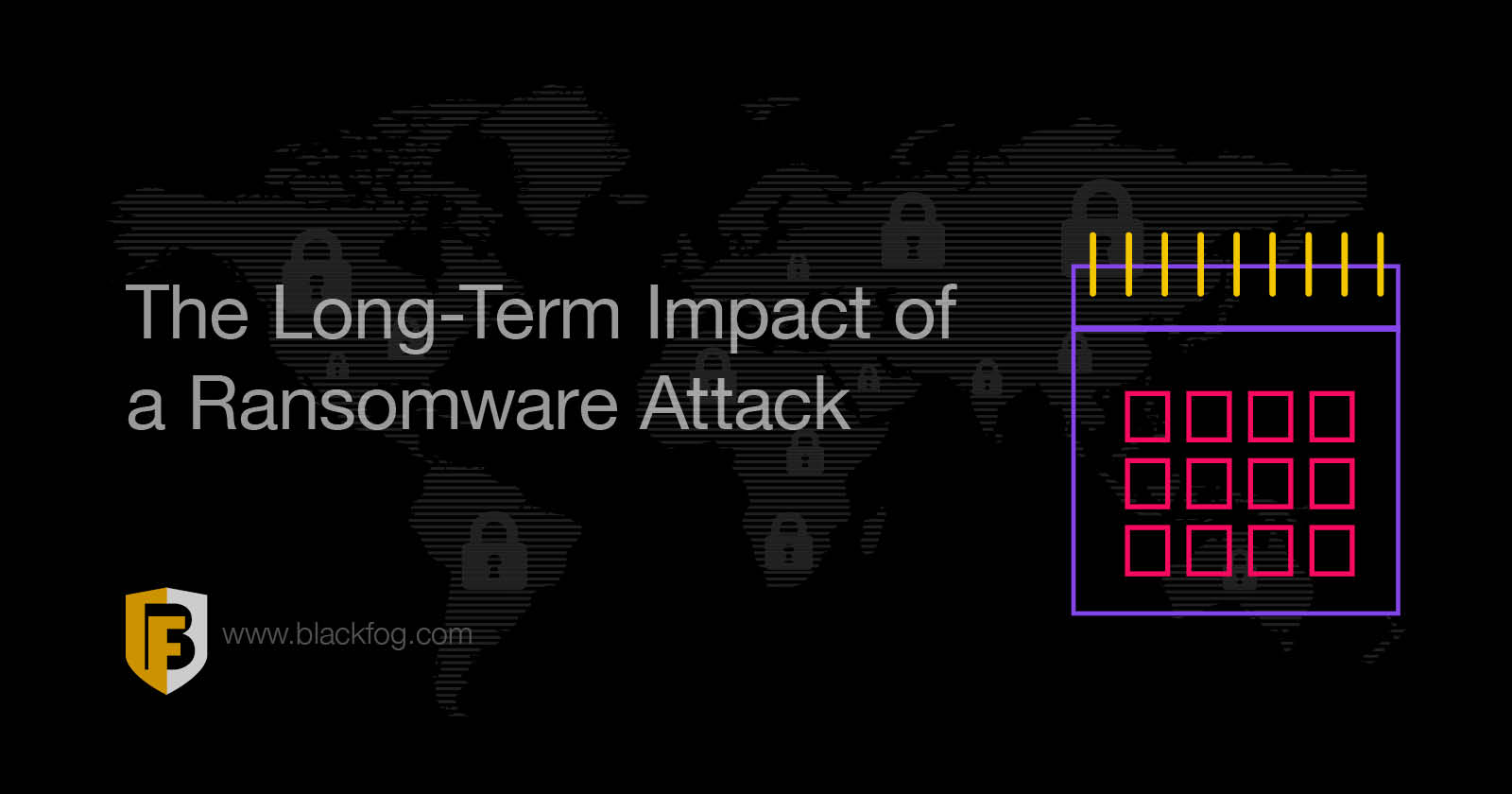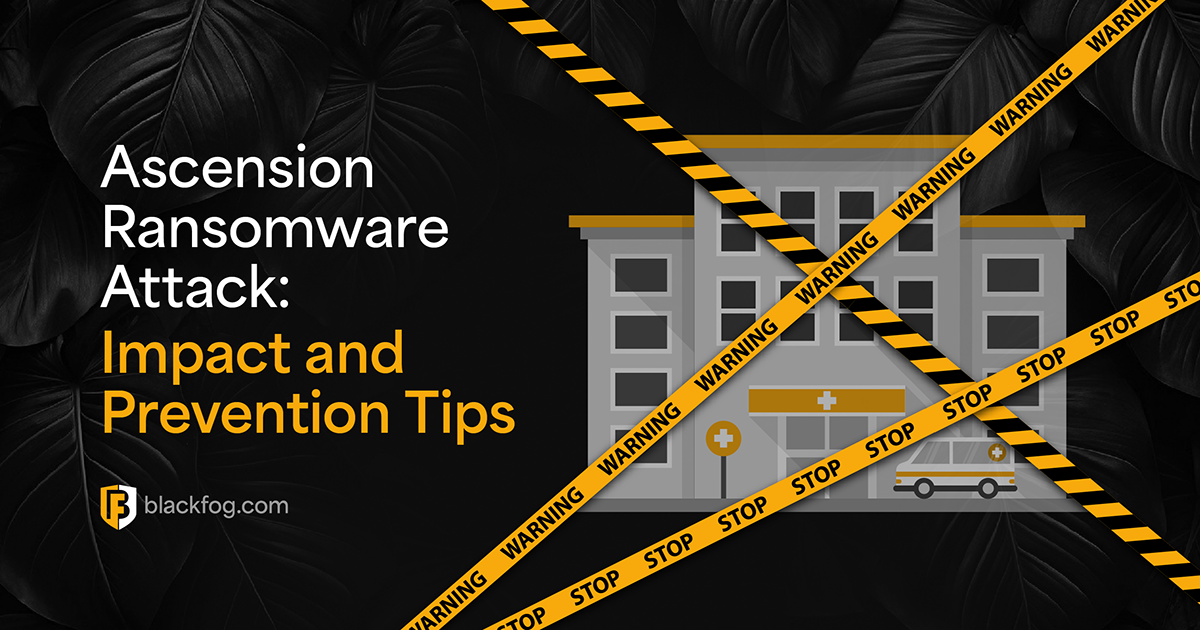
The Long-Term Impact of a Ransomware Attack
Recovering from a ransomware attack can be a stressful and difficult experience, but once the business is back up and running again, firms shouldn’t relax and assume the danger has passed.
In fact, the real damage caused by ransomware attacks may not be seen immediately. These incidents can cause long-lasting problems, affecting firms for months or even years. In worst-case scenarios, a ransomware attack can even prove terminally damaging to a business, forcing them into bankruptcy as they find the ongoing challenges too much to handle.
The Long-Term Financial Costs
You may think the biggest financial impact of an attack will be the ransom itself, but this is rarely the case. In fact, there are many expenses that can be associated with a ransomware attack beyond direct payments to criminals.
Lost business will be an initial problem, especially if firms have to shut down stores, warehouses or websites while functionality is restored. Beyond this, there is also the potential for fines or handing out compensation to customers for data breaches. You also need to consider the cost of employing outside consultants to investigate the incident and improve security defenses to prevent future attacks.
These expenses can quickly add up. According to Sophos, the overall cost of a ransomware attack almost doubled between 2020 and 2021, reaching $1.85 million, despite the average ransom itself only being $170,404. While protections such as ransomware insurance can help cover some of these costs, they are unlikely to fully make up for all expenses.
The Reputational Hit
Another major long-term issue will be the reputational damage that can be caused by these incidents. This is especially the case if firms have fallen victim to double or triple extortion attacks that exfiltrate and publish private customer data. Indeed, Cisco notes that one in three firms report reputational damage as a consequence of a data breach.
This translates directly into ongoing harm to a company. If customers believe that they can no longer trust a company with their personal and financial data, they are unlikely to keep doing business with it. Indeed, one study of US and UK firms conducted by Forester revealed 38 percent had lost business as a result of security issues.
Meanwhile, figures from PCI Pal also suggest consumers will use their spending power to hold companies accountable for data breaches, with those in the US particularly likely to do this. Four-fifths of US consumers say they will stop spending with a compromised firm for at least a few months after an incident, while more than one in five say they will never return.
The Potential for Ongoing Data Breach Damage
If data is stolen as part of a ransomware attack, the long-term consequences can go beyond lost reputation and customers. If, for instance, trade secrets or intellectual property is publicly posted online or offered for sale in the wake of a ransomware extortion attempt, this can result in a number of issues.
It could, for example, give competitors valuable insight into a business’ future research and development plans, allowing them to get a step ahead. This may force businesses to change their plans or even scrap projects in development.
Once data has been exfiltrated, there’s no guarantee hackers will delete it even if a ransom is paid, so even if it hasn’t yet been made public, firms will have to plan with this in mind.
Will Ransomware Attackers Come Back for More?
Finally, one other long-term issue is the fact that ransomware groups will rarely stop at a single attack, especially if a firm does choose to pay a ransom. In these cases, firms are essentially letting attackers know that it will prove profitable to target them, so it’s highly likely that they will come back to try and extort businesses multiple times.
It’s estimated that 80 percent of firms that do pay a ransom will be targeted again. While this will often be from the same groups, once word gets out publicly that a firm is willing to pay up, this can also attract attention from other criminals.
In the long-term, businesses could therefore face yet more extended periods of downtime and lost business if they come under repeated attack, while it also means they will have to greatly increase the amount they spend on cybersecurity defenses.
This is one of the best arguments against paying a ransom, as any short-term benefits getting up and running quicker may provide will be greatly overshadowed by the long-term costs. As a result, the best course of action is to invest in ransomware prevention technologies such as anti data exfiltration tools to ensure your chances of falling victim in the first place are as low as possible.
Related Posts
Ascension Ransomware Attack: Impact and Prevention Tips
Learn how the Ascension ransomware attack disrupted healthcare services, the financial consequences, and the cybersecurity lessons it taught. Also receive advice on protecting patient data and preventing similar attacks in the future.
Essential Data Loss Prevention Best Practices Every Firm Should Know
Following these seven data loss prevention best practices can help any firm reduce the risk of falling victim to threats like ransomware.
BlackFog Report Reveals Record Number of Ransomware Attacks from January to March
BlackFog reports a record-breaking surge in ransomware attacks Q1 2025, with 278 disclosed cases and a 113% rise in undisclosed incidents.
AI for Network Security and Monitoring: Enhancing Cyber Defense
What opportunities do AI ransomware protection tools offer to cybersecurity pros?
Ghost Ransomware: The New Cyber Menace Targeting 70+ Countries
Ghost ransomware is targeting 70+ countries. Learn how it works, who’s behind it, and how to stay protected in today’s cyber threat landscape.
Log4Shell – Understanding the Vulnerability and Mitigation Steps
Learn about Log4Shell, its impact on industries, and effective mitigation strategies. Discover how proactive defenses, like BlackFog's ADX technology, can protect your systems from ransomware and data exfiltration.






